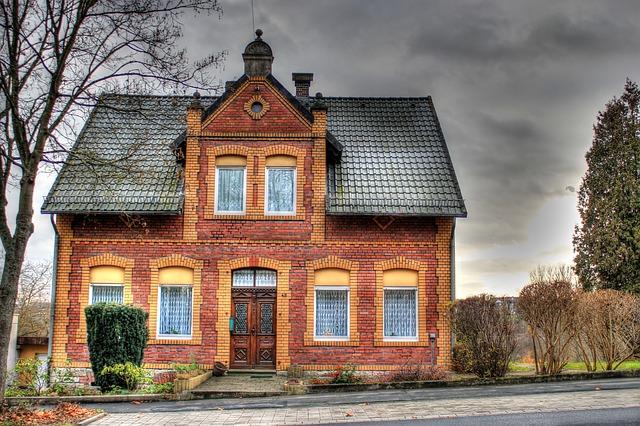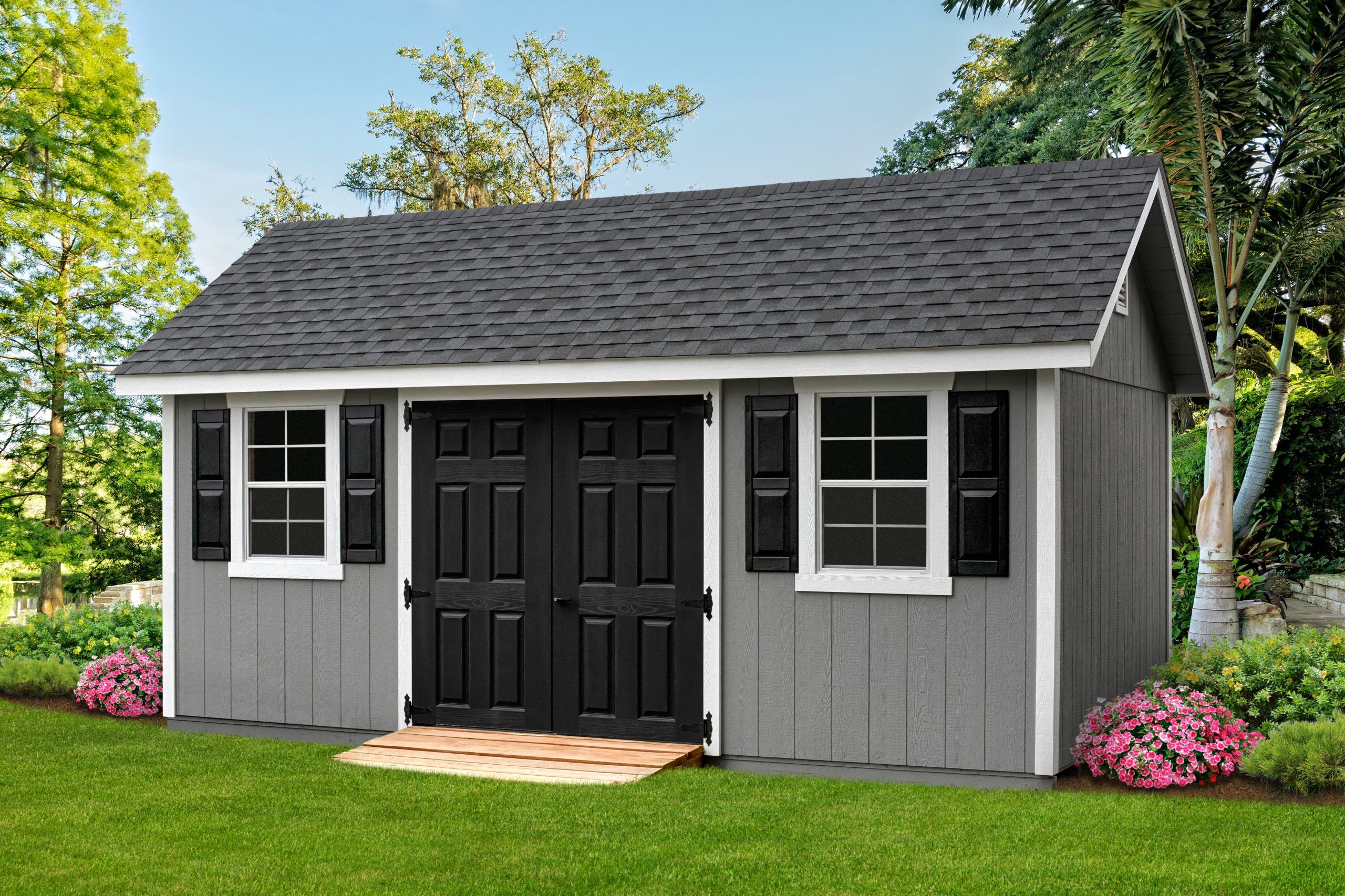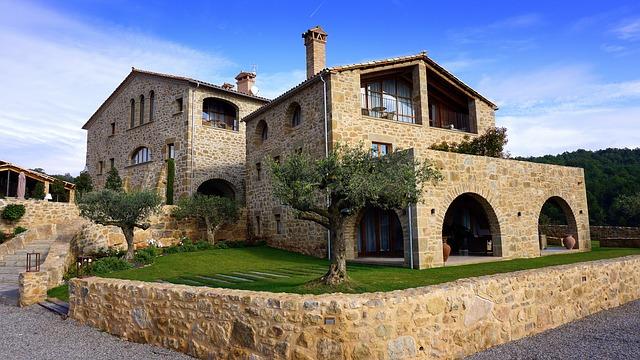
The use of bricks in building construction is a practice that began as far back as 7000 BC.
Bricks are one of the earliest materials for building construction and have been a preferred choice for building construction because of their strength, availability, and low maintenance cost.
Different types of bricks have continued to emerge as building technology continues to advance. These bricks were originally made of dried clay only. But now, they can be extended to include chemically cured bricks like sand lime.
These bricks also vary in quality. Their quality is determined by the chemical constituents of the production materials, the preparation process of the clay, the type of kiln used in burning them, and the carefulness exerted when piling and unloading them.
How to Check for Good Quality Bricks
There are various ways to determine the quality of bricks irrespective of the type you want to purchase. The tips below will serve as a guide.
Check for a sonorous sound when you strike them together
When you strike the bricks together, they ought to produce a ringing or echoing sound if they’re in a good condition. A thud or faint sound indicates that they might have been broken.
Check for accuracy of dimensions
Bricks come in various dimensions. Whatever the dimension of the brick you’re using, ensure that the dimensions are consistent. Only an allowable error should be considered if there’s a deviation. The edges of the bricks should also be as sharp as possible.
Test for the hardness of the bricks
There are simple ways of checking for the hardness of a brick. One way is to drop the brick on the floor from a height of at least one meter and watch out for any crack or broken piece that will fall off. Another is to scratch the surface of the brick with a sharp object and check if it produces an indentation.
Examine the bricks physically
You can determine the quality of a brick to a large extent by merely seeing and feeling its surface. The redness of the brick signifies how well burnt it is, the smoothness of the surface may indicate the absence of impurities in its composition, and the straight sharp edges may indicate the use of good molds.
Check for its water absorption capacity
It’s normal for bricks to absorb water when soaked in water. However, the water absorption capacity has a limit that must not be exceeded. This is about 20% of its dry weight.
But how do you go about this?
It’s simple! Record its initial weight, soak it for a day in the water, then re-weigh it. If the difference in their weights is more than 20% of the initial weight, then this is an indication that the brick is of poor quality.
Types of House Bricks
Bricks can be classified into different types. However, this article focuses on the different types of brick according to their production method and constituent elements.
1. Burnt Clay Bricks

Image credit: paramvisions.com
They have high strength and are durable. Burnt bricks offer good resistance against moisture, insect, and erosion.
However, the durability of this type of brick is dependent on the quality of the manufacturing materials, the skill of the molder, and the climatic condition of where the building is erected. They can be further classified into first-class bricks, second-class bricks, third-class bricks, and fourth-class bricks.
First-class bricks
These are of very high quality with more strength and durability than other classes; they are used in permanent structures. They are regular in size and shape and are molded by the table molding process.
The bricks are burnt in a large kiln after they’re molded. They have fine surfaces that are devoid of cracks, stones, and chips.
Second-class bricks
The second-class bricks are quite different from first-class bricks in the sense that they don't have smooth surfaces and sharp edges. They are slightly irregular in shape and size and may require some plastering to smoothen their rough surfaces when used to build. The bricks are molded by the ground-molding process and burnt in a kiln.
Third-class bricks
They are low-quality bricks used for temporary structures. The bricks are irregular in size and shape. And, unlike the first class bricks, their edges are not sharp and their surfaces are rough. They are molded by the ground-molding process and burnt in clamps.
Fourth-class bricks
These produce a dull sound when struck together as a result of their poor quality. They cannot be used directly for construction purposes. Instead, they are crushed and used as aggregate to manufacture concrete.
They can also be used in their broken state to construct roads, lay foundations, and as coarse aggregates for floors. The brittle nature of fourth-class bricks is gotten by overheating during the burning process.
2. Sand-Lime Bricks

Image credit: wkb-systems.com
The sand-lime bricks, also known as calcium-silicate bricks, have lime and sand as their main constituents. They are smooth, strong, appealing, and uniform in shape and size. They are ideal for construction in clay soil.
Sand-lime bricks serve several purposes in building construction such as decorative works, masonry work, and so on. They are, however, not suitable for the foundation stage of your building as they cannot resist water for a long period.
3. Fly Ash Bricks

Image credit: justdial.com
This type of brick is made from industrial waste such as fly ash (a fine gray powder made of spherical glassy particles, which are by-products in a coal-fired power station), cement, and dust from sand and stone. The bricks are unconventional from the familiar types of bricks common to us and are now getting more popular.
Fly ash bricks have high strength that makes them easy to transport over long distances and contributes to the strength of your building. They are also light in weight, fire-resistant, durable, and aesthetically pleasing.
However, they are only suitable for places with warm climates, as the bricks are terrible at absorbing heat.
4. Engineering Bricks

Image credit: pinterest.com
They are in direct contrast to common bricks in terms of strength. Their ability to withstand high compressive force and absorb little water makes them preferable for groundworks, building basements, manholes, sewers, retaining walls, and the likes of such structures requiring strength.
They are classified as class A, class B, and class C. Class A bricks have the most compressive strength, whereas class B bricks are the most common.
5. Concrete Bricks

Image credit: pbctoday.co.uk
Concrete bricks are similar to clay bricks in terms of shape, but their constituent elements are entirely different. They are made from sand, cement, and water. They are versatile in use and are readily available in different colors.
Some advantages of concrete bricks over clay bricks include:
- Easy manufacturing process
Unlike clay bricks, the production of concrete bricks doesn’t require a heating medium. They can be produced directly on the construction site in a large number and within a short time.
- High compressive strength
Concrete bricks usually come out stronger than most clay bricks if manufactured using the standard ratio of sand and cement while following the correct procedure.
- Wide range of use
The uses of concrete bricks cover many aspects of building construction. They can be used to construct walls, walkway paving, and so on.
- High aesthetic appeal
Concrete bricks give you the will to produce your bricks in different colors, shapes, and sizes. This flexibility allows you to effect various kinds of designs you may wish to replicate in your home.
Advantages of Using Bricks for Construction
- Bricks have proven to be highly resistant to heat in the cases of fire hazards
- Bricks have high compressive strength and are very suitable for most building constructions
- The cost of maintaining buildings built with bricks is low. These buildings can last for many decades
- The manufacturing process of bricks is eco-friendly. The release of poisonous substances into the environment is minimal
- Bricks are aesthetically appealing. During construction, a builder can take advantage of the different sizes, shapes, and color shades they come with to come up with a beautiful structure
- Houses built with bricks have their atmospheric temperature regulated; this is because the bricks are capable of storing heat. So, they supply heat to your home during the cold weather. Conversely, they keep your home cool during the hot weather
Disadvantages of Using Bricks for Construction
- Bricks often experience discoloration when exposed to sunlight after so many years
- When compared to some building materials like stones, bricks are less strong. This limits their use to only some types of constructions
- Construction processes using bricks are usually time-consuming
- If the surfaces of the bricks are not smooth, molds may grow on them






Leave a comment
This site is protected by hCaptcha and the hCaptcha Privacy Policy and Terms of Service apply.